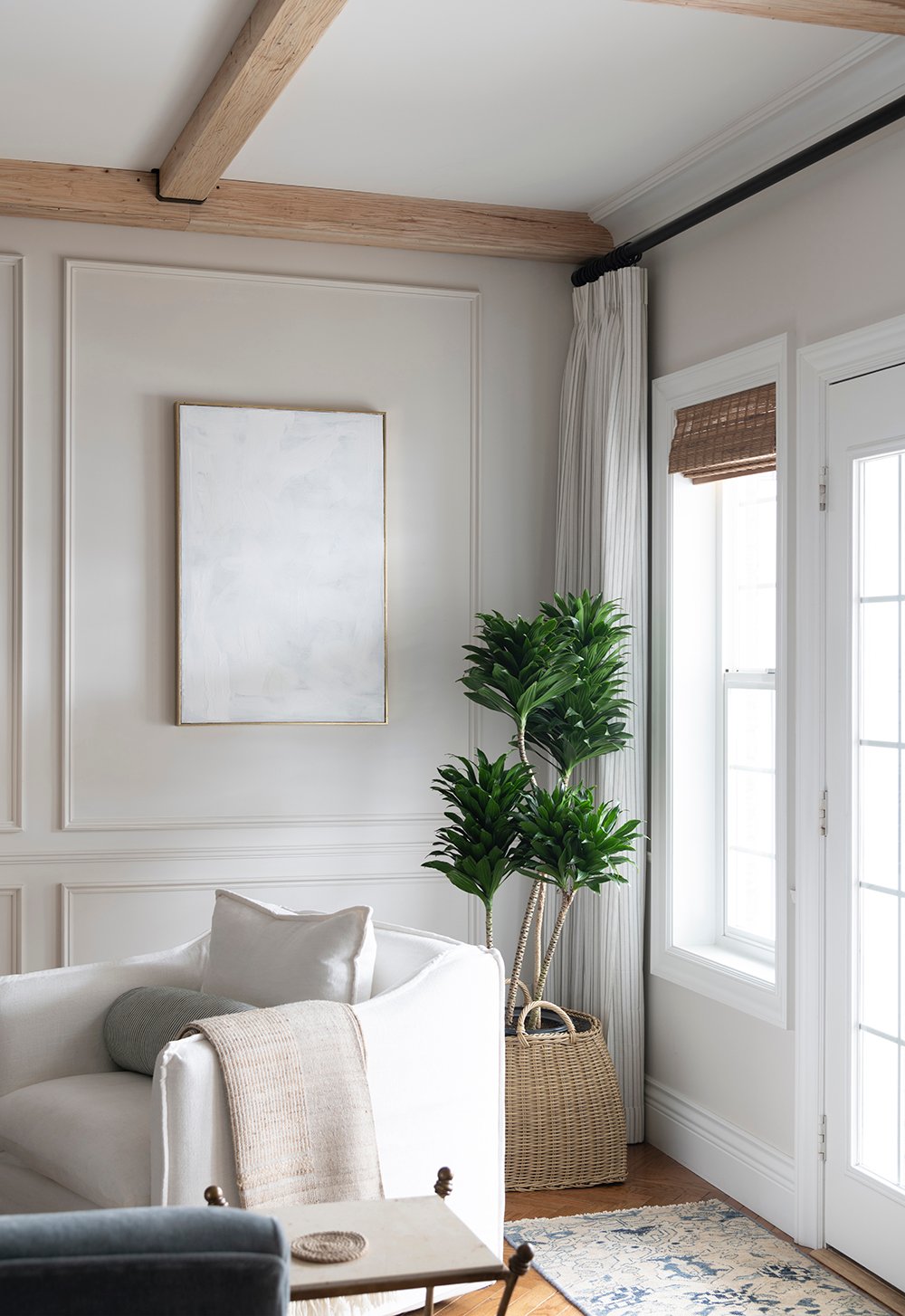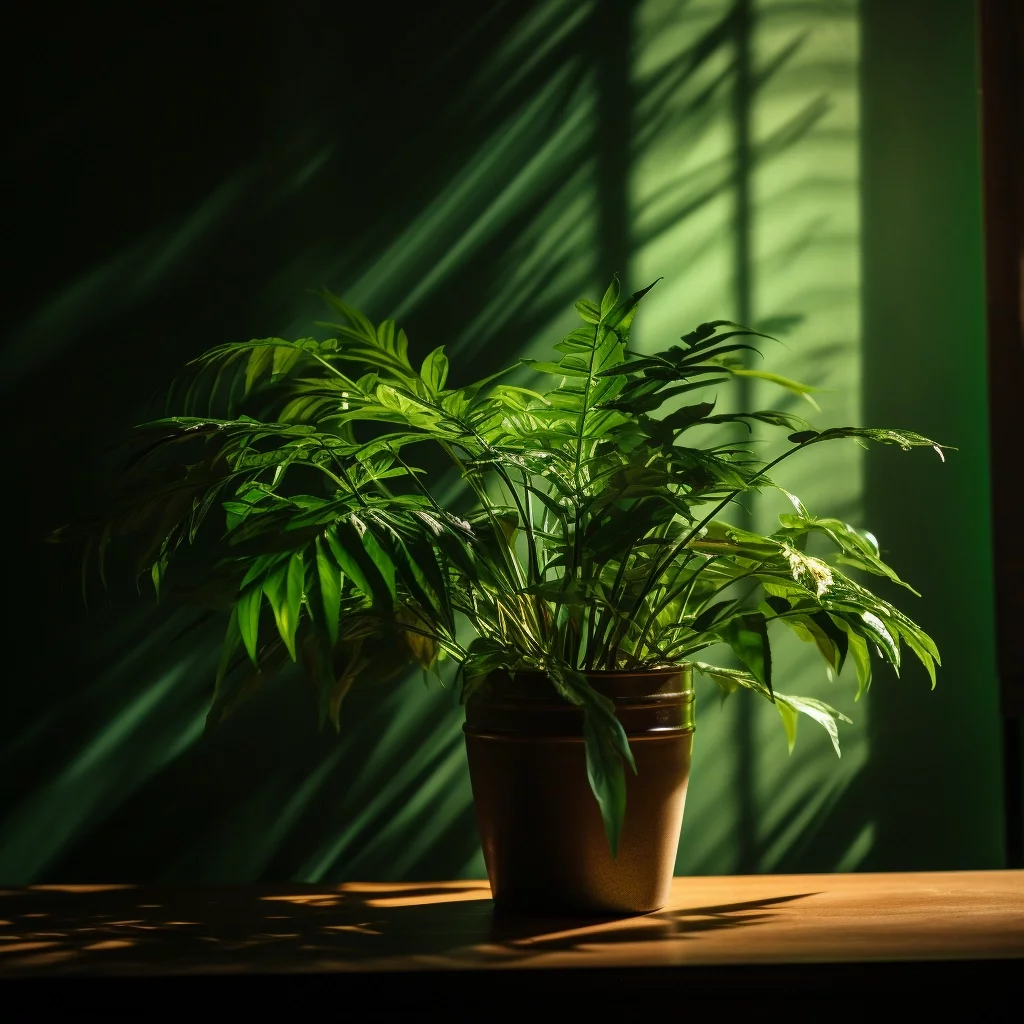A Guide to the Best Low-Light Indoor Plants for Small Spaces
A Guide to the Best Low-Light Indoor Plants for Small Spaces
Blog Article
Transform Your Home With Beautiful Low-Light Indoor Plants and Their Advantages
Incorporating low-light indoor plants into your home can substantially improve both the aesthetic and ecological high quality of your home. These plants, which flourish in dim conditions, serve not just as attractive components however likewise as natural air purifiers, making them ideal for city dwellers or those with limited sunshine direct exposure. As we check out the different sorts of low-light plants and their advantages, you may locate shocking ways to incorporate them into your home that can change your surroundings in methods you may not have expected.
Advantages of Low-Light Plants
Low-light plants provide various benefits for indoor atmospheres, making them a superb choice for both novice and skilled garden enthusiasts. One of the primary advantages is their adaptability to low-light problems, allowing individuals to boost their space without the need for substantial sunshine exposure. This particular makes them perfect for apartments, workplaces, and other locations with restricted natural light.

Additionally, including low-light plants right into home decoration can boost the aesthetic allure of a room. Their lavish vegetation and varied structures produce a soothing environment, adding to overall wellness. The presence of greenery has been connected to lowered anxiety degrees and enhanced productivity, making low-light plants a useful selection for improving both mental and physical wellness in interior settings.
Top Low-Light Indoor Plants
While numerous interior plants prosper in bright light, a number of varieties are especially appropriate for low-light problems, making them perfect for different interior spaces. One prominent choice is the Snake Plant (Sansevieria), known for its striking upright leaves and strength, requiring very little treatment. Another exceptional alternative is the Pothos (Epipremnum aureum), which features heart-shaped leaves and can track magnificently from racks or hangers, growing in reduced light and adding a rich touch.
The ZZ Plant (Zamioculcas zamiifolia) is commemorated for its shiny fallen leaves and capacity to withstand overlook, making it best for active lifestyles. Similarly, the Peace Lily (Spathiphyllum) not only tolerates reduced light yet also produces spectacular white flowers, improving any type of space's visual.
For a distinct touch, consider the Cast Iron Plant (Aspidistra elatior), which certainly lives up to its name, thriving in the darkest corners of your home. The Chinese Evergreen (Aglaonema) provides a selection of fallen leave patterns and colors while being extremely forgiving in low-light conditions. These plants not just improve indoor environments yet likewise add to air purification, enhancing your living room.
Treatment Tips for Low-Light Plants

Watering methods are vital; these plants frequently favor somewhat completely dry conditions. Overwatering can bring about root rot, so guarantee that the top inch of dirt is dry before sprinkling again. Usage pots with drain holes to enable excess dampness to leave.
Moisture is an additional essential factor. Lots of low-light plants, such as ferns and peace lilies, gain from greater moisture levels. To enhance moisture, think about misting the fallen leaves or positioning a tray of water near the plants.
Fertilization ought to be come close to with caution. During the growing period, make use of a watered down, balanced fluid plant food monthly to sustain development, yet avoid feeding throughout the dormant winter season.

Imaginative Ways to Show Plants
Interior plants can offer as fascinating centerpieces in any type of area, improving both visual appeal and ambiance. Innovative displays can elevate the visual impact of low-light plants, making them an important part of your home design. One reliable view approach is to make use of tiered plant stands, which permit you to display several plants at differing elevations while making best use of flooring room.
Hanging planters are you can look here one more innovative choice, developing a sense of depth and drawing the eye upward. Take into consideration macramé wall mounts or wall-mounted shelves to introduce a special structure and style.
For a more structured approach, usage geometric terrariums or glass containers to house your plants, including a contemporary touch to your indoor garden. You can also repurpose vintage items, such as teacups or wood pet crates, for a diverse display that mirrors your individuality.
Enhancing Home Ambiance With Plants
Incorporating low-light plants right into your home not only boosts aesthetic appeal yet likewise contributes significantly to the total ambiance. These plants offer as natural style aspects, introducing a sense of tranquility that can change any area. The existence of plant promotes a calming atmosphere, which is particularly beneficial in high-stress settings such as office or living rooms.
Low-light plants, such as snake plants, pothos, and ZZ plants, are not just visually pleasing but additionally improve interior air quality by filtering system pollutants. This double feature improves the setting additionally, developing a healthier space (Best low-light indoor plants). The tactical positioning look at this site of these plants can also affect the assumption of space; for example, high plants can draw the eye up, making ceilings show up greater and rooms a lot more spacious
Additionally, differing textures and colors of foliage add deepness to interior decoration, permitting innovative expression in home designing. Whether positioned on shelves, in edges, or as focal points, low-light plants can boost the mood of any area. In summary, integrating these plants right into your home is an effective way to foster a warm, inviting environment while gaining the advantages of boosted air quality and aesthetic flexibility.
Final Thought
Including low-light interior plants right into home settings supplies numerous advantages, consisting of boosted visual allure and boosted air top quality. These resistant plants, such as the Snake Plant and Tranquility Lily, call for marginal light and upkeep, making them ideal for varied lifestyles. Their capability to filter contaminants adds to a healthier home, while their diverse appearances and shades enrich interior decoration (Best low-light indoor plants). Inevitably, the incorporation of low-light plants cultivates a serene and inviting setting, changing any type of home into a tranquil sanctuary.
While several indoor plants thrive in brilliant light, several varieties are especially well-suited for low-light problems, making them ideal for numerous indoor rooms. One efficient method is to utilize tiered plant stands, which allow you to showcase multiple plants at differing elevations while taking full advantage of floor area.
Low-light plants, such as serpent plants, pothos, and ZZ plants, are not just cosmetically pleasing but likewise boost interior air top quality by filtering contaminants. Best low-light indoor plants. The tactical positioning of these plants can additionally influence the assumption of space; for instance, high plants can attract the eye upward, making ceilings show up greater and rooms much more sizable
These resilient plants, such as the Snake Plant and Tranquility Lily, require very little light and upkeep, making them ideal for diverse way of lives.
Report this page